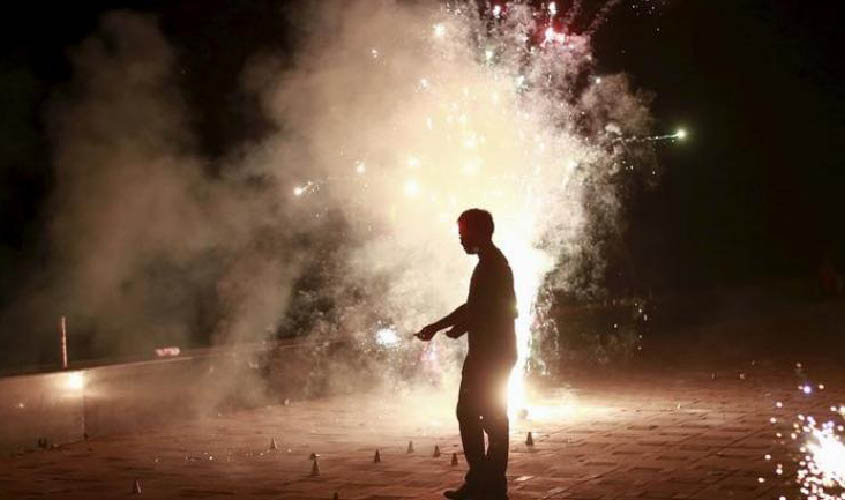Even after 13 years of the Supreme Court’s order for mandatory composition-based comprehensive monitoring of firecrackers, the authorities have hardly taken any action, say experts.
According to experts, in 2005, the Supreme Court had directed the Department of Explosives of the Ministry of Commerce and Industry and the Petroleum and Explosives Safety Organisation (PESO), the licensing arm of the Central government, to set up guidelines for chemical composition-based monitoring of manufacture of firecrackers. However, the authorities concerned have set up guidelines for only four types of firecracker chemicals. In all, there are 40 categories of chemicals used in firecrackers.
Among the 40 types of crackers, SC banned crackers that contain Barium Nitrate (green coloured-fireworks). This type is extremely toxic for children and the elderly as they cause respiratory problems and the radioactive elements in them can lead to gastrointestinal problems and muscular weakness. Red coloured strontium fireworks, which have also been prohibited, can cause lung cancer and asthma.
Environmentalist Selvarajan told The Sunday Guardian: “Absence of composition-based monitoring guidelines and system has meant that the country has failed to curb the lethal pollution firecrackers generate. The manufacturers do not even giving clear labels on the packages of their firecrackers that can alert consumers from purchasing such explosives.”
“The PESO issued a guideline in 2008 for four categories of firecrackers and the guideline mandated that the sulphur content must not exceed the 20% limit, Nitrates 57% and Aluminum powder content 23% per cent. The half-hearted guidelines forgot to mention various things, including limiting of the use of heavy metals such as cobalt, copper and magnesium—the chemical used for giving colour to firecrackers,” Selvarajan said.
“After 2008, PESO has not come up with any new guidelines in this direction. Not only are the Supreme Court’s directives not being acted upon, but the guidelines issued by other organisations, too, are gathering dust in the files. The guidelines issued by the Central Pollution Control Board (CPCB) to limit the sound and emission levels in firecrackers are still not being implemented properly,” Selvarajan added.
Mayank Sinha, an environment lawyer who has been raising pollution issues, told The Sunday Guardian: “The Explosives Rules, 2008, categorises and regulates firecrackers under two categories—sound emitting or light-emitting. Sound-emitting fireworks must generally not exceed 125 decibels (dB), while light-emitting ones must not cause sound measuring over 90 dB, the rule prescribes. However, the rule is silent on the composition of the chemicals used in the firecrackers according to expert.
“The lack of staff and technology also puts a hurdle in implementing any extensive monitoring system. Everything comes to the police department and due to no training and lack of subject knowledge, things end being messy,” Sinha, said.
Non-government organisations have been pressing the government and the department concerned to ensure that the guidelines issued by the CPCB court are followed. The Centre for Science and Environment (CSE) had also suggested some ways to reduce the pollution generated by firecrackers. The suggestions of the CSE include: (1) There needs to be an urgent move by PESO to introduce composition-based guidelines for all 40 types of cracker chemicals. (2) Packaging and labelling should give full information regarding the content used in firecrackers and (3) Involving civil volunteers and use of technology to determining the chemical contents used in firecrackers.

